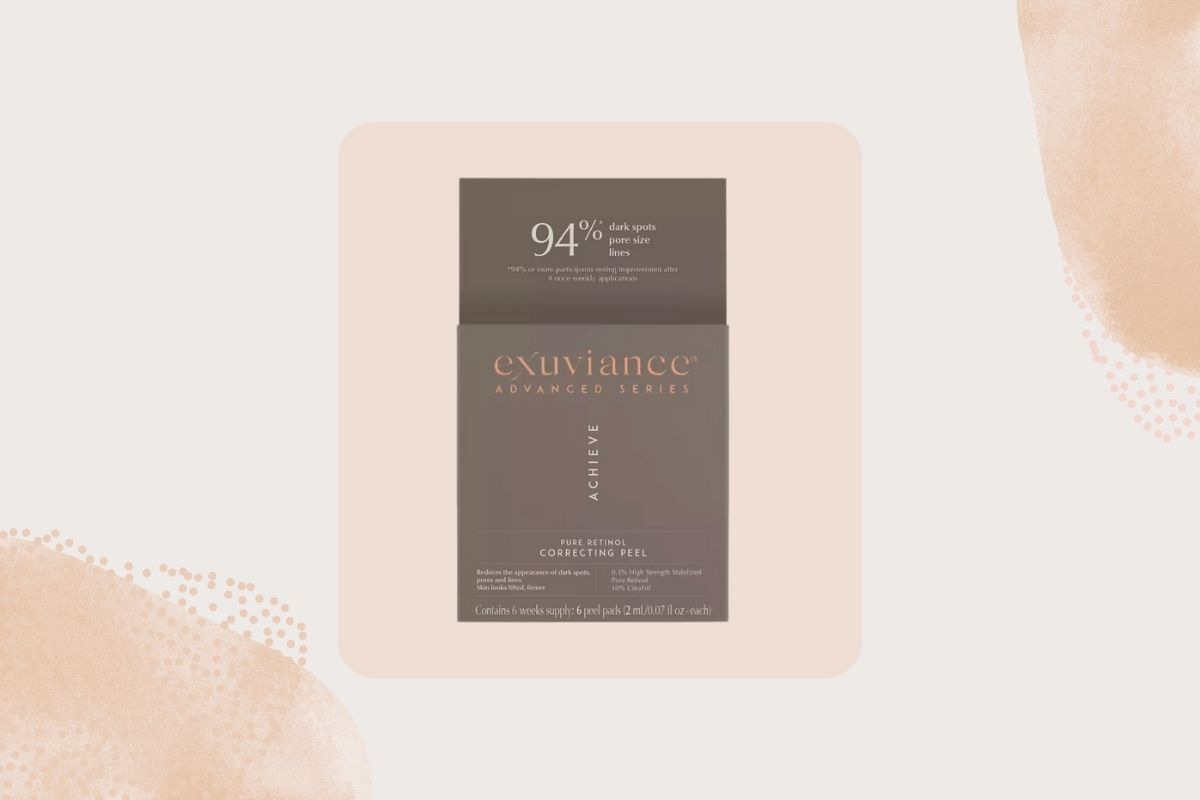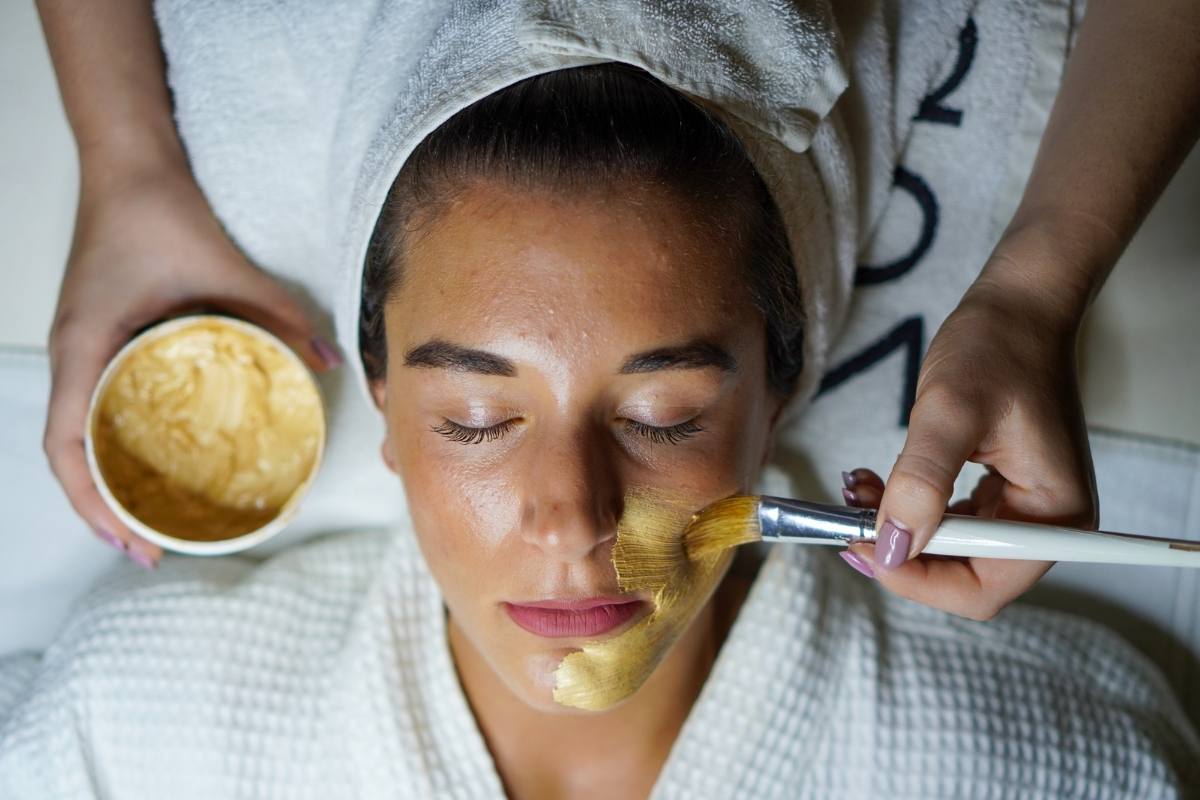Let’s be honest! Keeping up with facials is a full-time job. One week it’s the vampire facial; the next, it’s some red light, blue light, micro-something-or-other miracle.
With celebs posting their “just got zapped by a laser” selfies and every spa branding their treatments like designer handbags, it’s no wonder we’re all confused.
But here’s the deal: most facials are just combinations of techniques designed to clean, exfoliate, hydrate, or firm your skin. What changes is the branding, the tools, and how intense (or relaxing) the experience is.
So I’ve put together a no-nonsense, plain-English guide to all the major types of facials, what they are, what they actually do, and who they’re best for.
Different Types of Facials
1. Classic Facial
This is the one people usually picture when they hear “facial.” It’s the basic template most other facials build on, and what you’ll probably get if you just book a generic appointment without specifying anything.
A classical facial typically includes:
- Cleansing (to remove makeup and gunk)
- Exfoliation (often physical, sometimes enzyme-based)
- Steam and extractions (optional and varies by esthetician)
- Massage (face, sometimes neck, and shoulders)
- Mask (suited to your skin type)
- Moisturizer and SPF
It’s not high-tech or treatment-focused, but it’s more about gentle maintenance, relaxation, and making your skin look a bit more polished and glowy for the next few days.
Think of it as a facial equivalent of a classic mani-pedi. It’s suitable for anyone looking for basic upkeep or a self-care moment. Especially good as a starter facial if you’re new to professional skincare.
2. Lymphatic Massage Facial
This one’s not so much a standalone treatment as it is a technique that gets folded into other facials, like classical facials or detox facials. But when done right, it makes a noticeable difference.
A lymphatic massage facial uses light, rhythmic strokes to stimulate your lymph nodes, basically nudging your body to drain built-up fluid and toxins. The result?
Less puffiness, especially around the eyes and jawline, better circulation, and a face that looks a lot more rested. It’s also wildly relaxing. This facial is great for anyone dealing with puffiness, dull skin, or facial tension. Also great after travel, a salty meal, or a long week of life.
3. Microcurrent Facial
Also called microcurrent therapy, microcurrent facial refers to any facial treatment that involves an electrical device. No need to freak out over getting electrocuted.
The procedure is completely safe and pain-free. You can get the facial alone or as an additional step to other facials. The most popular microcurrent facials are Galvanic and High Frequency.
4. Galvanic Facial
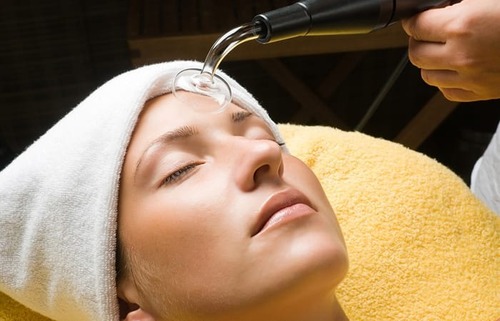
Galvanic facials use a gentle electric current to stimulate your muscles, making it one of the go-to treatments for facial toning and anti-aging. It’s often called a non-surgical facelift because it helps “retrain” your muscles into a lifted position, giving your face a more sculpted look.
Plus, the current helps your skin absorb products more effectively. It’s great for softening wrinkles, improving firmness, and boosting collagen over time. You’ll usually see some lift right away, but consistent treatments are key to maintaining it.
5. High-Frequency Facial
High-frequency, sometimes referred to as radiofrequency, is a type of facial treatment where electrical currents produce a certain amount of heat to stimulate deeper layers of the skin.
This anti-inflammatory heat kills bacteria. So it’s perfect for acne-prone skin to treat existing acne as well as prevent the formation of new acne. The benefits also include getting rid of acne scars.
Additionally, radiofrequency is one of the most popular treatments for skin tightening. It stimulates collagen production and helps firm and tighten loose skin, especially caused by loss of skin elasticity.
6. Microdermabrasion
Microdermabrasion is a minimally invasive type of facial treatment. This involves a handheld device that exfoliates the skin using tiny crystals or a diamond tip to remove dead skin cells.
It helps improve texture, fade dark spots, and minimize fine lines. You’ll need multiple sessions for best results. It’s not for sensitive skin types, though, as it can be a bit abrasive.
7. LED Light Therapy
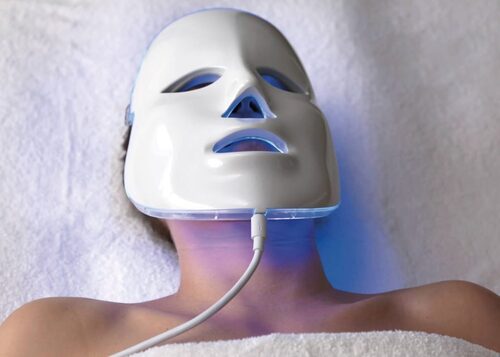
LED light therapy is a non-invasive facial treatment that uses different wavelengths of light to treat different skin issues. The different colors cause different reactions on the skin.
Blue light therapy fights inflammation, making it perfect for getting rid of acne-causing bacteria and breakouts. Red light and near-infrared light help your skin heal faster. It promotes collagen growth and skin rejuvenation. This light helps minimize lines and wrinkles.
LED light therapy is suitable for all skin types. It can be a complementary treatment for different types of facials. You can also try at-home options and get an LED mask from Sephora.
8. Laser Resurfacing
Laser resurfacing is an invasive type of facial treatment. The most popular laser used in laser resurfacing is the Fractional CO2 Laser. It uses fractioned beams to create microscopic wounds in a pattern. The non-wounded cells support the wounded ones to speed up healing.
This healing process stimulates new cell generation. Laser resurfacing is the best type of facial for getting rid of fine lines, acne scars, age spots, and enlarged pores, and improving skin texture.
This type of facial can be painful for some people. So, you need a numbing cream prior to the procedure. The number of treatments you need depends on your skin.
Laser resurfacing can help you get rid of skin irregularities, blemishes, and scars. However, people with active acne are not good candidates for laser resurfacing as it may cause more damage to the skin.
You can expect redness for a while and then your skin will start to peel off. You need to frequently moisturize your skin and wear sunscreen. The recovery takes up to 2 weeks.
9. Acupuncture Facial
Acupuncture facial is a treatment where they place tiny needles on several parts of the face. These controlled micro-injuries stimulate collagen growth.
The benefits of acupuncture facials are firming up loose skin, minimizing wrinkles, and getting rid of scars through cell regeneration.
10. Anti-Aging Facial
An anti-aging facial is a general term used for facials that target specifically age-related skin issues. An anti-aging facial can include a chemical peel, microdermabrasion, or microcurrent therapy.
A combination of different types of these facials addresses issues like wrinkles, lines, sagging skin, sun damage, dark spots, and textured skin. If you want more than a facial, see the most effective non-surgical anti-aging treatments.
11. Brightening Facial
If dull skin is your enemy, this facial is your ally. It uses exfoliants, vitamin C, and other glow-boosting ingredients to even out skin tone and add radiance. It’s great for fighting post-acne marks and general tired-looking skin.
12. Hydrating Facial
A hydrating facial is like watering a plant. It’s specifically designed to hydrate dry and dehydrated skin. It starts with a classic facial, but the products are specifically chosen.
These are potent humectants like hyaluronic acid to deeply hydrate and moisturize your skin. A hydrating facial gives you plump, bouncy, and supple skin instantly.
Chemical exfoliants like lactic acid are known to smooth out the skin while increasing hydration. So, depending on your facial, you might also get exfoliation included in your hydrating facial.
13. HydraFacial
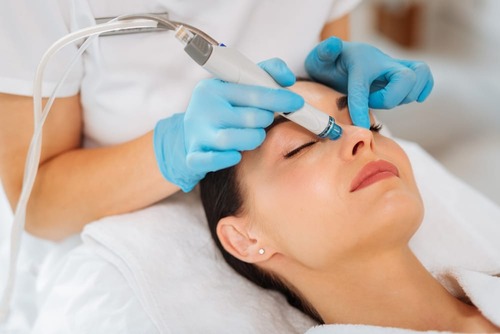
If you’re suffering from blackheads, whiteheads, and dullness without a major acne problem, Hydrafacial may be just for you. The Hydrafacial machine deeply cleanses the outer layer of your skin in a vacuum-like manner. It sucks any dirt and grime on the face.
It’s the ultimate decongesting facial. After cleansing, the same device infuses several serums into the skin, giving you clean, hydrated, bright, and radiant skin.
Hydrafacial is suitable for dry, normal, combination, and oily skin. This fun facial is sometimes the first step for other facials. The results are instant, and you can get the facial whenever you feel like it.
14. Chemical Peels
Chemical peels are invasive procedures, but they’re among the most effective skin resurfacing treatments. In this facial, chemical exfoliants like glycolic acid are used to peel the skin and promote skin turnover.
There are different types of chemical peels. Each one offers different skin benefits and requires different recovery times. The benefits include decongesting the skin, boosting collagen growth, and getting rid of deep-set wrinkles, scars, age spots, and photodamage.
15. Oxygen Facial
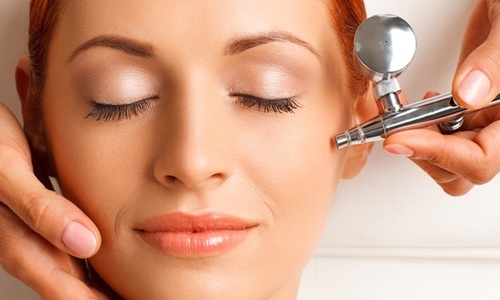
An oxygen facial delivers a pressurized stream of oxygen, often with added serums, onto your skin. The idea is to plump and hydrate the skin instantly, making it look fresher and more radiant.
It’s popular before events for that red carpet glow. It’s suitable for all skin types, and perfect for hydrating and brightening the skin, and minimizing dullness.
16. Microneedling
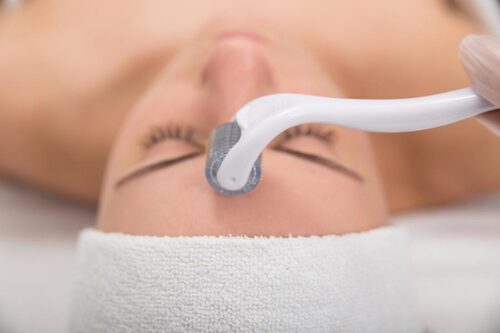
A micro-needling facial involves inflicting controlled wounds into the skin through tiny needles. This is an invasive treatment that requires a numbing cream to avoid pain.
Microneedling promotes cell turnover and collagen growth by creating tiny muscle tears. These microscopic injuries cause your skin to switch to an urgent healing mode. And this results in healthier skin.
It’s a very popular anti-aging facial treatment to tighten the skin and get rid of lines. There are some at-home anti-aging kits as well, but they can have potential risks, especially the cheap ones by unreliable brands.
17. Dermaplaning Facial
Dermaplaning is a type of advanced physical exfoliation where they use a surgical scalpel blade to gently scrape off the outermost layer of the skin. This way, it removes dead skin cells over the face as well as peach fuzz.
After dermaplaning, your skin is infused with several antioxidants. You get clean, smooth, glowing, and fresh skin. Dermaplaning is suitable for all skin types.
But people with active acne should stay away until the breakouts dry out, because the resurfacing treatment will irritate the acne and cause further inflammation.
Also, you can try dermaplaning at home, which won’t be as effective but can still help to enhance your overall skincare routine.
18. Enzyme Facial
Instead of acids, like in the chemical peels, enzyme facials use fruit-based enzymes like papaya or pineapple to gently exfoliate the skin. They’re a good option for sensitive skin types or anyone who wants a mild, natural exfoliation without the sting.
19. PRP Facial
Also known as the vampire facial, PRP is short for Platelet-Rich Plasma facial. In this facial, your doctor draws your blood and puts it through a special machine to create what is called platelet-rich plasma.
This highly concentrated form of protein is infused into your skin through micro-needling. The growth factors in the plasma help with collagen growth.
The vampire facial is perfect for tightening the skin and reducing the signs of aging. It’s not exactly relaxing, and definitely not for the squeamish.
20. Aromatherapy Facial
This facial is as relaxing as it gets. Aromatherapy facial starts with steaming and cleansing. And then a combination of essential oils is used to massage the face and the neck area. It’s all about relieving tension through therapeutic oils.
All skin types can benefit from an aromatherapy facial to nourish the skin with antioxidants. After the massage, vitamin-rich products are applied to the skin. You can leave the spa relaxed, replenished, energized, and freshened.
So these are the different types of facials you can get. Now that you have an idea about what’s what, you can consider getting a facial suitable for your skin type.
You might be wondering if facials are worth it. Yes, facials work and they are absolutely worth it. You don’t need to go out of your way and start with something aggressive.
Even a very basic classical facial makes a huge difference in your complexion instantly and makes your skin glow. But remember one thing: no matter how easy or simple a facial sounds, things can always go wrong if you go to sketchy, unreliable places.
Pick your spa wisely. Go for board-certified dermatologists, licensed aestheticians, and medical professionals. Ask around, read reviews, and go for a consultation.
Just because some spa offers the cheapest facial in town doesn’t give them the right to do whatever they want with your face. Be selective.
If you’re not ready to splurge on a facial, no worries! Here’s a step-by-step guide on how to give yourself a facial at home.


